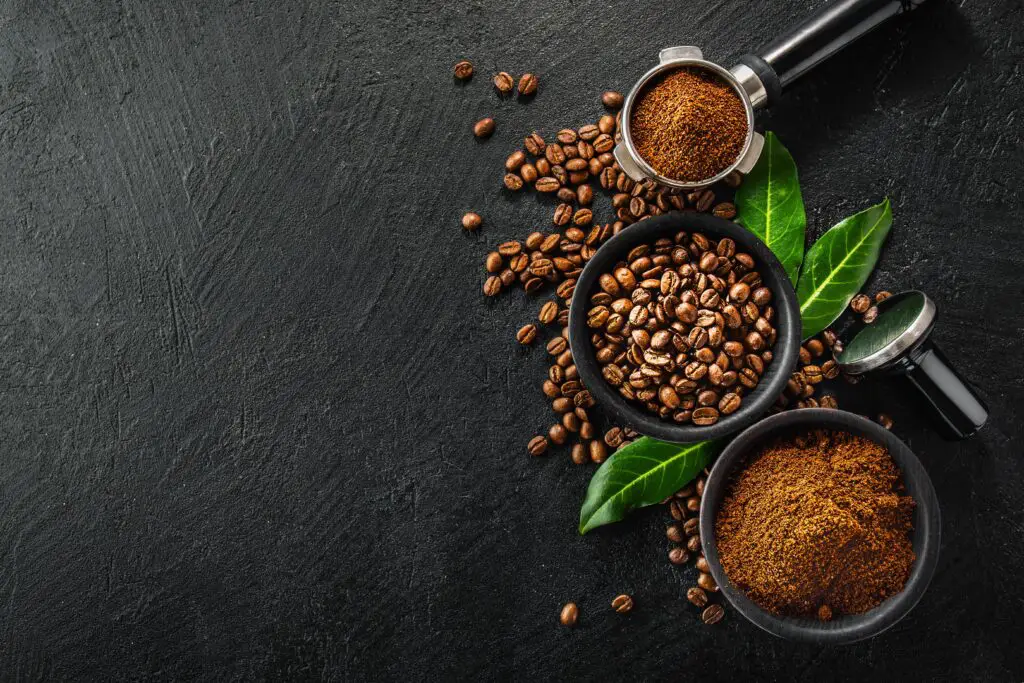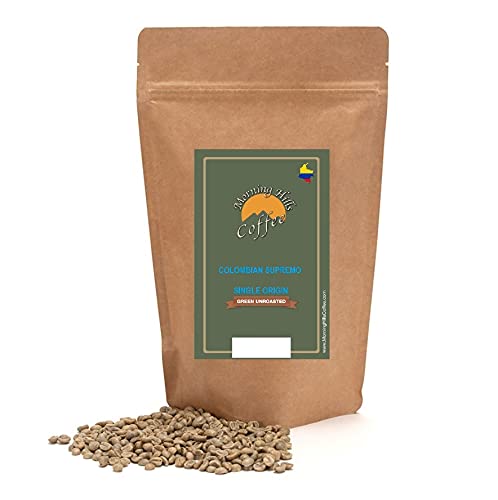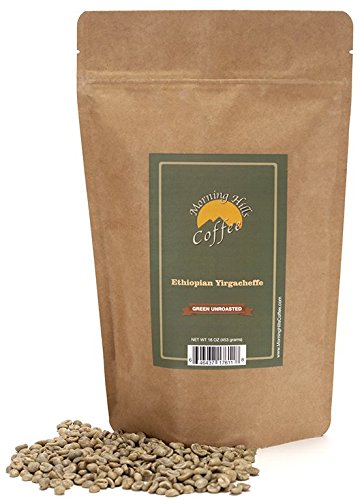Coffee continues to fill the pages of its regal tale while being adored by Arabs, honored by Turks, and judged by popes. It is also devoured with a mixture of dread, curiosity, and delight. The chapters will now start to be revealed.
Rich aroma and complex flavors have always been the foundation of this magical drink’s consuming ritual, which is enjoyed by millions of people every single day.
Even some of the most ardent coffee drinkers, however, don’t have a thorough understanding of what coffee is or how it looks. Would you know how to spot a cute coffee tree?
Let’s explore this strange plant’s cherries, leaves, and branches a little bit.
The coffee tree has lush, glossy green leaves, and its branches are adorned with cherries.
The coffee plant prefers fertile soil, mild temperatures, lots of rain, and dappled sun. A variety of intricate elements affect the final product’s flavor. Because of this, the whole world’s coffee is cultivated in a region known as The Bean Belt in the Equatorial region of the middle of the planet.
Although there are, according to specialists, between 25 and 100 species of coffee plants, the two varieties we most frequently consume, Arabica and Robusta, have made things a little bit simpler for us.

The History of Coffee
According to a well-known Ethiopian folklore, Kaldi, a herder, discovered coffee when he noticed that his goats were energized after consuming the crimson fruit of the coffee shrub.
On the Arabian Peninsula, coffee was first grown and traded, and by the 16th century, it had spread to Persia, Egypt, Syria, and Turkey. The Ottoman Turks brought coffee to the mighty imperial city of Constantinople. According to historians, the earliest coffee shops in this region of the world were those that sprung up quickly in Constantinople.
These locations swiftly rose to prominence as hubs for illustrious customers’ spirited political discussions and arguments. They would watch entertainers, play chess, or listen to music while sipping coffee.
Coffee shops quickly transformed into crucial hubs for knowledge sharing and were given the appellation Schools of the Wise.
All around Europe, the 17th century was a heyday for coffee. In the great towns of Arabia, Italy, England, Austria, France, Germany, and Holland, coffee shops were swiftly evolving into hubs of social life.
Despite being adored by numerous customers all across the world, things weren’t always easy.
Coffee and the DevilWhen coffee first arrived in Venice in 1615, the local church denounced it, calling it the bitter creation of Satan.
To resolve the dispute, Pope Clement VIII was enlisted. But after tasting the drink, he was so mesmerized that he immediately awarded it his seal of approval.
The first coffeehouse in England opened around 1650 close to the University of Oxford, where interested students drank it for fun and an energy boost. Two years later, the first coffeehouse in London welcomed guests.
The Coffee Commodity
Did you realize? The obsession with coffee grew to such an extent that it will surpass beer as New York City’s preferred morning beverage in 1668!
As coffee became a commodity in the late 1800s, businesspeople started looking for new methods to profit from it. Brothers from Pittsburgh named John and Charles Arbuckle started selling pre-roasted coffee in paper bags by the pound in 1864. This is how the Arbuckle Ariosa, which was shipped directly from the New York factory, became the first coffee to be mass-produced and distributed nationwide.
Star-studded developments in coffee history occurred during the twentieth century.
The first industrial espresso machine was created by the Italian Luigi Bezzera in 1901, and Nescafe was created by coffee maestro Max Morgenthaler and his crew 37 years later. It took them seven years of research to discover how to make high-quality coffee that could be created by only adding water and maintaining the flavor of the bean.
The rich history of this pleasant beverage has been distinguished by a number of names, but Achille Gaggia stands out as one to remember. He produced a thin layer of soft crema on the coffee by employing a piston to remove the brew under greater pressure from the espresso machine. My God! This is how the Cappuccino came to be in 1946.
Coffee has developed into a true creative commerce because of its terroir and intricate flavor profile. Small, independently-owned coffee shops are now gradually dominating the market with their locally roasted, fair-trade coffee, adding to the history that we are all a part of.
The Coffee Bean
The kind of bean used to make this delicious beverage affects how it tastes overall. Knowing the origin of the coffee beans as well as the various roasts and how they affect the final flavor of the brew are equally important. Coffee beans determine the taste and flavor of the beverage.
Arabica and Robusta are two different species of coffee beans. These two bean varieties have different flavors and need different methods of harvesting and use.
Arabica beans are deeper green and slightly larger than Robusta beans, which are light green with a subtle hint of brown. While Arabica beans are more acidic than Robusta beans, they also have twice as much caffeine in them. Due to the great quality of Arabica beans, roasts created from them are frequently more expensive.
When beans are brewed, their flavor qualities are determined by their place of origin. The three primary coffee-growing regions known as the Coffee Belt are where the best coffee beans are grown.
Arabica beans from Latin America are used to make coffee with chocolate and nutty undertones. While spicy, herbal, or earthy coffees are grown in the Pacific and Asian regions, fruity and floral coffees are said to come from Africa and Arabia. Both Robusta and Arabica beans do best in the final two regions.A lifetime of sampling would not be sufficient to experience the whole range of excellent coffee flavors. Even the most seasoned coffee professionals continue to be intrigued by new, sophisticated varieties of the world’s most popular beverage. We are constantly investigating, consuming, and enjoying in pursuit of that extra special hint thanks to thick and rich textures, delectable foams and cremas, inventive flavors, and strange fruity notes.
Coffee and Your Health

Potassium, magnesium, vitamin B2 and B3 as well as a number of antioxidants are all present in coffee. According to some scientists, coffee’s components may help the body in a variety of ways, including lowering the risk of developing type 2 diabetes, Parkinson’s disease, or liver cancer, preventing heart failure, reducing anxiety, etc.
According to studies, individuals who consume the most coffee had a 23-50% lower risk of developing type 2 diabetes. Each daily cup of coffee was found to reduce the incidence of type 2 diabetes by 7%, according to a thorough analysis of 18 research involving a total of 457,922 people.
Additionally, according to Italian experts, drinking coffee reduces the incidence of liver cancer by about 40%; some results even imply that those who consume three cups daily may have a 50% lower risk.
But the advantages don’t end there. Drinking about two 8-ounce doses of coffee daily can prevent heart failure, and caffeine in coffee may assist Parkinson’s patients control their movement. A 2011 Harvard study also shown that women who consumed four or more cups of coffee per day had a 20% decreased risk of developing depression.
There are several difficulties to be aware of, though. The researchers also stated that individuals who are more likely to experience bone fractures or who are pregnant should avoid drinking coffee. High coffee intake may also raise the risk of anxiety, particularly in those with panic disorder.
Understand how to appreciate it; there’s no need to overfill your cup with sugar or flavorings.
The Green Coffee Bean and Its Benefits
Did you know that green coffee bean extract may be used to create a hydrating and healthful beverage? Coffee prepared from roasted Arabica or Robusta beans is frequently chosen by consumers, however more awareness should be given to green coffee bean extract. Its moderate flavor is accompanied by a plethora of advantages for your health and wellbeing.
According to studies, green coffee bean extract (GCBE) can reduce the buildup of body fat, hence aiding in the fight against obesity. The green coffee bean extract has dramatically reduced body weight growth in obese mice given a high-fat diet.
It has been discovered that the chlorogenic acid in green coffee beans influences blood glucose levels. Participants in the research who got a high dose of GCE (400 mg) experienced the greatest reduction in blood glucose levels.
Rats with hypertension who consumed GCE had lower blood pressure values. Similar outcomes were seen in humans as well; during the GCE intake period, participants’ blood pressure decreased.
Green coffee beans have amazing anti-aging properties and are bursting with antioxidants. It has been discovered that the chlorogenic acid in the seeds enhances human skin characteristics and microcirculatory performance. Consuming the beans reduced transepidermal water loss and skin dryness while enhancing the pH levels of the skin’s surface. The eight-week consumption of chlorogenic acid enhanced skin moisture.
Colombian Green Unroasted Coffee Beans

Colombia Supremo is produced on small- to medium-sized family-run farms in the Colombian city of Pereira, which is close to Medellin. On farms with an average area of 2.5 hectares, coffee is grown. Coffee is picked, processed, and dried by producers at their own micro-wet mills, usually on raised tables within solar dryers that shield them from the practically perpetual rainy season.
Ethiopian Yirgacheffe Green Unroasted Coffee Beans

There is satisfaction in every cup! Morning Hills Coffee seeks to satisfy everyone involved in the coffee industry. You may be sure that every cup you drink improves the lives of the regional coffee growers and the community in which they live.
In Ethiopia’s Gedeo region, Kochere lies close to the small community of Ch’elelek’tu and situated southwest of the town of Yirga Cheffe. It has long been regarded as one of the top origins for coffee from southern Ethiopia. The rising popularity of Kochere emphasizes the consistent diversity of Yirgacheffe’s distinctive characteristics. Both coffee distributors and consumers contribute to enabling these growers to achieve self-sufficiency and strengthening the local community and family unit by developing long-term partnerships with these communities.
Because they like giving our customers delicious coffee while having a significant positive influence on the neighborhood where the coffee is grown, they decided to collaborate with Yirgacheffe Coffee Growers. You can feel content knowing you are enjoying delicious coffee and improving the lives of the nearby coffee growers with every full cup. Consider starting with 2 lbs and experimenting with various roasting periods to achieve the ideal flavor that best meets your requirements and preferences.




